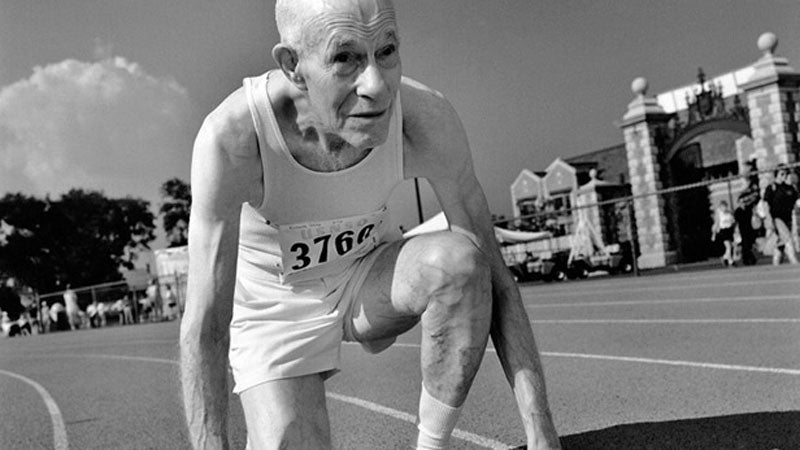ŌĆ£There are a lot of reasons why your body changes as you get older,ŌĆØ says Dr. Patrick Siparsky, an orthopedist at the University of Toledo, and lead , the age-related decrease in lean body mass.
ŌĆ£You donŌĆÖt get as much protein, and often you get these hormonal changes,ŌĆØ that can make it more difficult to maintain your ideal body composition, Siparsky says. Insulin resistance, for example, makes it easier to build fat than it used to be. ŌĆ£Also the muscles that occupied a lot of that space are shrinking,ŌĆØ Siparsky says, which could make the belly fat you already had seem more prominent.
This natural aging process doesnŌĆÖt make a squishier belly completely inevitable. The most effective way to combat that bulge is by maintaining, or even improving, your muscle mass. HereŌĆÖs how:
Stay Active
The problem: Joint or other pain keeps you from being as active as youŌĆÖd like. Also, as you age your larger, stronger Type II muscle fibers decrease in number, while smaller Type I fibers increase.
The solution: ŌĆ£If you hurt, go see your doctor, find out what the problem is, then get active,ŌĆØ Siparsky says. Your muscleŌĆÖs ability to adapt to its demands continues throughout your life, and ŌĆ£the age-related effects on skeletal muscle are largely reversible,ŌĆØ Siparsky and his colleagues note in their paper. So getting active is a must.
Nix that muscle atrophy with regular cardiovascular and strength training exercise. One study showed that a strength training regimen of 3 sets of 8 reps at 80 percent of your one rep maximum, performed three times a week, , which can give you a more toned, less flabby look. Walking 30 minutes two to three times per week can improve blood flow to your muscles, which may help your muscles better repair themselves after exercise. (Muscle growth occurs during the repair phase after you stress the muscle.)
Eat Right
The problem: As people age they tend to eat less protein and Vitamin D. Researchers believe there are several reasons this occurs, ranging from physiologic issues (digestion is more difficult) to social circumstances.
The solution: Eat more protein. ŌĆ£Without the protein, you canŌĆÖt turn over the muscle as efficiently,ŌĆØ Siparsky says, meaning it canŌĆÖt repair itself as well.
The recommend men your age eat 56 grams of protein daily. (For reference, a 3-ounce piece of meat has about 21 grams of protein.) As for Vitamin D, you should be getting 800 IU daily, according to the . One cup of orange juice fortified with Vitamin D has 137 IUs.
Hormone Therapy (in the future)
The problem: Hormones that help maintain muscle mass, like testosterone, can decrease with age.
The solution: Right now, Siparsky believes testosterone replacement therapy has too many damaging side effects to make it worth a try, including increased rates of prostate cancer and cardiovascular trouble. Pharmaceutical companies are currently developing hormone drugs called SARMs (selective androgen receptor modulators) that could ŌĆ£encourage muscle growth while at the same time prevent some of the unwanted aspects of hormone therapy,ŌĆØ SiparskyŌĆÖs paper states. It may be a few more years before theyŌĆÖre widely available, however. And the World Anti-Doping Agency has already added SARMs to its list of banned substances. So should you decide to try SARMs in the future, donŌĆÖt go crushing your competition in any drug tested sporting events.


